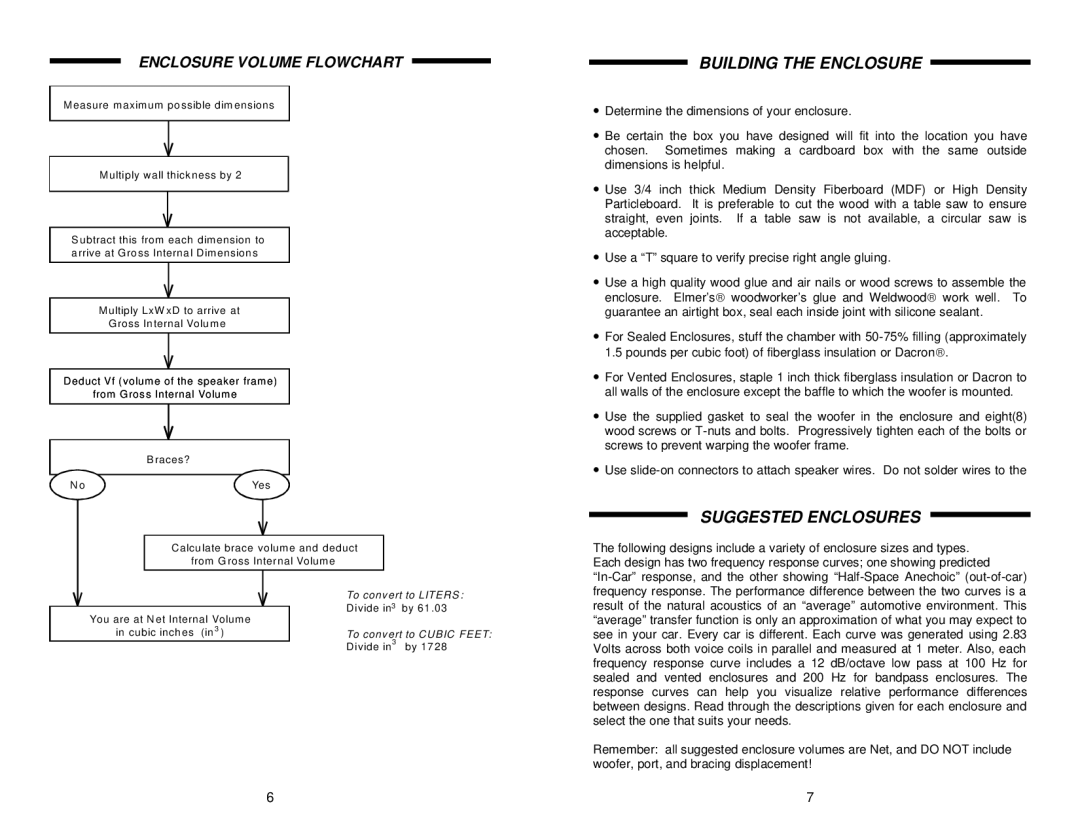Subwoofers specifications
Soundstream Technologies has established itself as a frontrunner in the audio industry, particularly known for its innovative subwoofers that deliver high-quality sound performance. These subwoofers are designed to enhance the listening experience by providing deep, booming bass while maintaining clarity across all frequencies.One of the hallmark features of Soundstream subwoofers is their advanced cone technology. Many models utilize a polypropylene cone, known for its durability and lightweight properties. This allows the subwoofer to reproduce low frequencies with exceptional accuracy while minimizing distortion. Additionally, the cone’s design is optimized for maximum excursion, enabling it to move more air and thus produce deeper bass tones.
Another key characteristic of Soundstream subwoofers is their robust voice coils. Featuring dual or single voice coil configurations, these subwoofers are engineered for higher power handling and increased thermal efficiency. This means they can sustain high volume levels without the risk of overheating or failure, providing users with a reliable performance even during extended use.
Soundstream also incorporates a variety of technologies to enhance their subwoofers’ performance. The inclusion of advanced cooling systems, such as ventilation ports and heat sinks, ensures that the subwoofers maintain optimal temperatures. This prevents performance degradation and ensures that users can enjoy high volumes for longer periods without compromising sound quality.
The build quality of Soundstream subwoofers also stands out. Many models feature sturdy cast aluminum frames that enhance durability and reduce vibrations. This precise engineering ensures that the subwoofers are not only powerful but also incredibly resilient, able to withstand the rigors of intense use.
Ease of installation is another aspect that makes Soundstream subwoofers appealing. They often come equipped with user-friendly features such as pre-wired terminals and included mounting hardware. This allows users to set up their audio systems quickly and efficiently, even if they are not audio installation experts.
In summary, Soundstream Technologies subwoofers are designed to provide an unparalleled audio experience with their advanced cone technology, robust voice coils, cutting-edge cooling systems, and durable construction. As a result, they are an excellent choice for anyone looking to elevate their sound system, whether for casual listening or professional applications.

